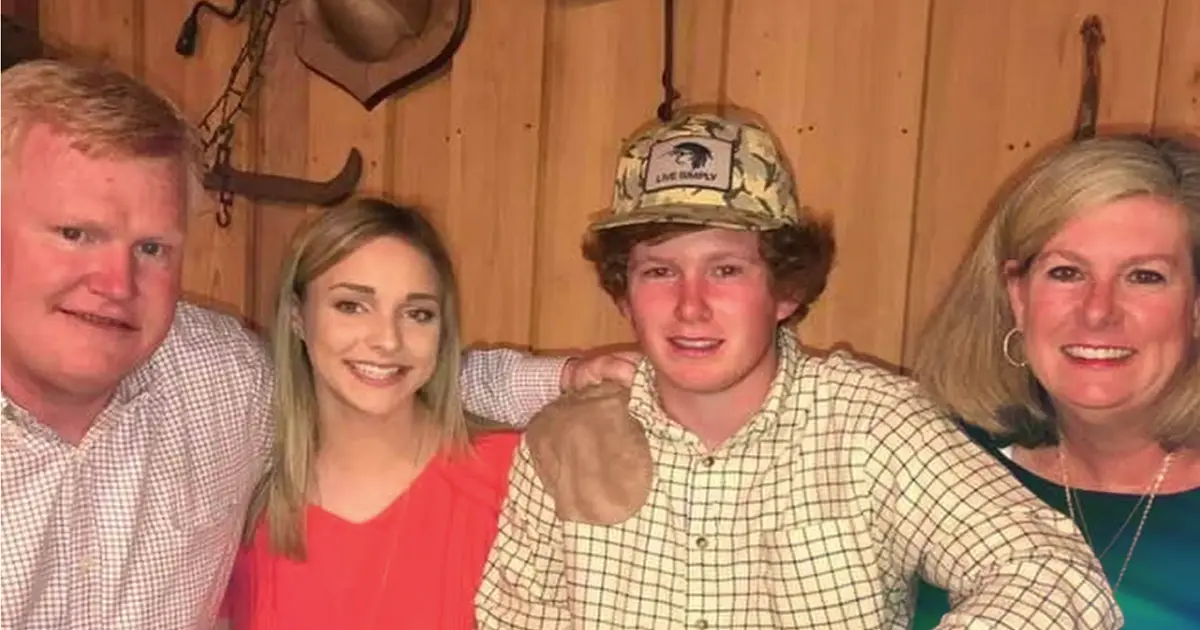In recent times, the internet has been buzzing with debate regarding the release of Murdaugh’s autopsy pictures. The case has caught public interest and sparked discussions about the ethics of sharing such private information. In this article, we will discuss the specifics of the event and the consequences of sharing Murdaugh Autopsy Photos. The social issues involved, and the possible effect on privacy rules. Join us as we journey through the complexity of this difficult problem.
1. The Murdaugh Family Tragedy
The Murdaugh family tragedy sent shockwaves through their neighborhood and the country. Furthermore, the event involved the deaths of important members of the family under strange circumstances, leaving the public in search of answers. As a result, people are dealing with confusion and seeking better knowledge of the events that happened.
2. Understanding Autopsy Photos
Autopsy pictures are images taken during a post-mortem study to record and examine the dead person’s injuries, conditions, and possible causes of death. These pictures serve as vital proof in probes and court processes.
3. The Controversial Release
The release of Murdaugh body pictures has stirred heated arguments. Some say that openness is important for the sake of fairness. While others fight for privacy and respect for the dead and their mourning loved ones.
4. Ethics of Publicizing Autopsy Photos
The social consequences of sharing autopsy pictures are far-reaching. Notably, it raises questions about the effect on the family’s mental well-being and the possible abuse of such sensitive material for entertainment. Moreover, considering the grief that the grieving family may experience, there is a need for careful thought before making any choices regarding the public sharing of such personal and private information.
5. Privacy Laws and Media Sensationalism
As a result, one critical aspect that this debate shows is the fragile balance between freedom of information and privacy rules. However, media hype can worsen the situation, infringing upon the rights and respect of those concerned.
6. The Psychological Impact on the Public
The sharing of autopsy pictures can also have harmful effects on the public, especially those directly touched by similar events. Sensational and violent material can cause emotional discomfort and trigger painful memories.
7. Legal Ramifications
From a legal viewpoint, the distribution of autopsy pictures may lead to court fights involving issues like invasion of privacy, abuse, and possible misuse of the images.
8. Responsible Journalism and Reporting
In light of private information like autopsy pictures, responsible media plays a crucial role in terms of handling it. Journalists must strike a balance not only between reporting the news but also respecting the privacy and feelings of the affected parties.
9. Internet and Social Media Impact
The digital age offers unique difficulties in controlling the spread of autopsy pictures. The fast sharing of material on social media platforms raises questions about the need for tighter rules.
10. Precedents and Case Studies
Looking at earlier events involving the sharing of autopsy pictures can put light on how similar situations were handled in the past and the lessons we can learn from them.
11. The Role of Authorities
Understanding the role of law enforcement and other officials in handling autopsy pictures is important to assess whether procedures and regulations are effective in protecting private information.
12. Empathy and Compassion
Despite the debates and conversations, it is important to remember the human aspect of such events. Furthermore, learning kindness and caring is crucial to create a helpful and understanding community.
13. Impact on Crime Solving
Despite the debates, autopsy photos have played a crucial role in solving crimes and bringing justice to victims and their families. Evaluating this feature helps us understand its real meaning.
14. Balancing Transparency and Sensitivity
Balancing the need for openness with the emotions surrounding autopsy photos is a difficult job. On one hand, there is a desire for responsibility and openness; on the other hand, the emotional effects and privacy issues must be taken into account. Consequently, it takes careful consideration of the situation and possible effects before choosing a suitable course of action.
15. Conclusion
In conclusion, the sharing of Murdaugh’s autopsy pictures questions difficult ethical, legal, and personal problems. However, while openness is important for responsibility, it must be handled with the greatest care and respect for the privacy of those involved. Consequently, responsible news and responsible internet use are crucial in ensuring that such private material is treated correctly.
FAQs
Are autopsy pictures always given to the public?
Autopsy pictures are not always given to the public. Their release rests on the individual facts of the case and the relevant laws and regulations.
Can the family of the dead avoid the release of autopsy photos?
In some situations, the family may take legal steps to block the release of autopsy pictures. Especially if they feel it would violate their privacy or cause mental pain.
Why do some people fight for the sharing of autopsy photos?
Some people urge the release of autopsy pictures to ensure openness, promote responsibility, and aid in crime-solving efforts.
How can the media handle private material like autopsy pictures responsibly?
The media can handle sensitive material properly by practising discretion, and understanding, and ensuring their news sticks to ethical standards.
What legal implications can come from the illegal sharing of Murdaugh Autopsy Photos?
Unauthorized sharing of murdaugh autopsy photos may lead to legal implications, such as claims for invasion of privacy and defamation.

